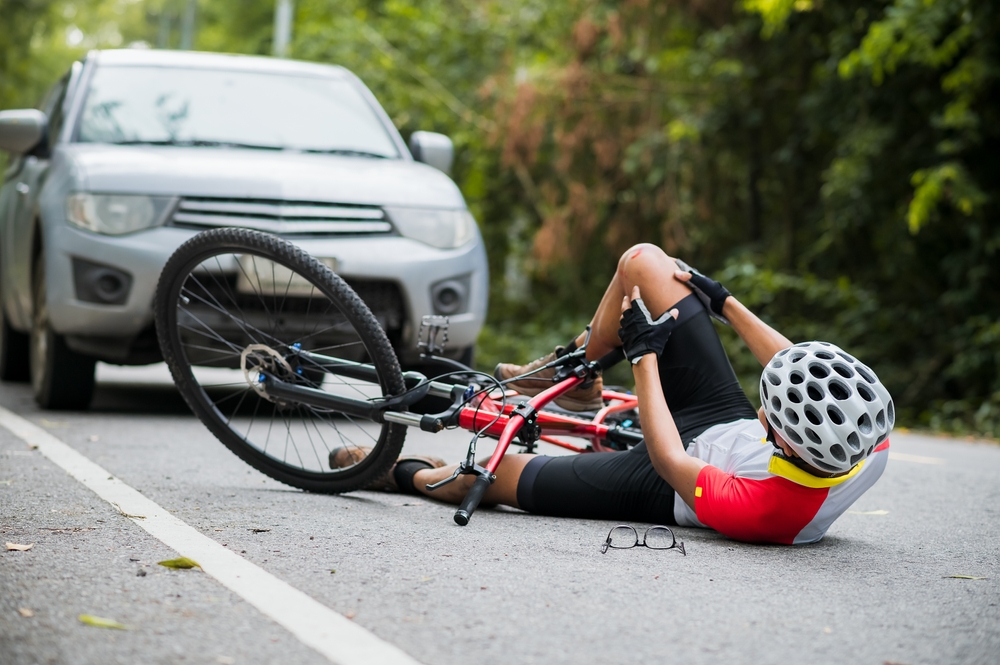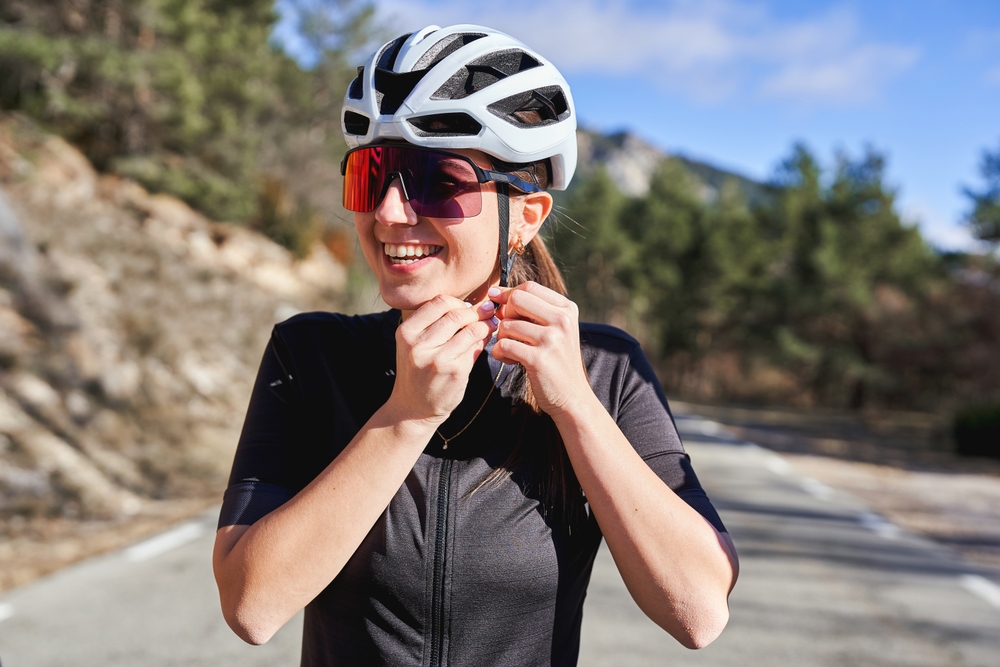When out on your bike, cycling obstacles can be dangerous and potentially injure you. Because of this, we’ve compiled some of the most common cycling obstacles that you should be aware of when you’re out and about. That way you can avoid any potential accidents before they happen.
If you’ve been involved in a cycling accident, then we’re here to help you each step of the way after your accident. You can learn more if you choose to contact us.
So, what are the most common cycling obstacles to be aware of?
Potholes Coming in all shapes and sizes and littering British roads everywhere, potholes are a constant danger to bikes. This is because of their small frame, allowing them to fall into the pothole which can do some nasty damage to your bike and more importantly you.
Potholes are a particularly dangerous cycling obstacle because they’re generally quite hard to see, especially in the dark. Because of this, you should be using a bright light on the front of your bike to give yourself ample time to maneuver around the hole, before potentially putting yourself at risk.
Parked cars
It’s more common than you might think for people to exit a parked vehicle without checking their surroundings, as cyclists this can be an extremely dangerous obstacle.
Because of this, it’s a good precaution to ride a little more central into the road when passing a parked car, providing you with more distance between the bike and the vehicle. However, this isn’t always possible, or completely safe.
Broken glass
Whether it’s from a shattered window or broken bottles, broken glass is a dangerous cycling obstacle you should be aware of when out on the road. Similarly to potholes though, it can be difficult to see it before it’s too late.
If you’re forced to ride through glass, it’s best to evenly distribute your weight on the bike and keep your speed to a minimum.
Diesel and oil spills
Diesel and oil spills from vehicles on the road can be an especially dangerous obstacle on the road, this is because they’re difficult to see coming from a distance, and can make your bike incredibly unstable, especially if you’re turning.
Whatever you’re doing when passing over a spill of any sort, your safest option is to continue moving in a straight line, or bringing your bike to a stop before getting to the spill. Note that in these scenarios your claim would be made against the Motor Insurers’ Bureaux (MIB) as you’d likely not know where the spill originated from.
Wet leaves
Similarly to spills, are a cycling obstacle you should be on the lookout for because of their slipperyness. As well as this they can hide other dangerous obstacles such as potholes or large rocks, that can easily knock the most experienced cyclists down.
Moving vehicles
It doesn’t matter if you’ve got all the experience in the world, other moving vehicles are a constant obstacle to be aware of as a cyclist. Because they’re simply bigger than you, you’ve always got to be aware of where other vehicles are moving whilst you’re navigating the road.
As well as this, other larger vehicles on the road will more often than not have large blind spots which you sometimes can’t avoid but being in.
Sometimes you can’t avoid the risk that moving vehicles exhibit on the road, but by distancing yourself from other vehicles and adhering to the guidelines set out by the highway code you can reduce the risk of other vehicles putting you at risk whilst cycling.
Drainage grates
Depending on the size and orientation of your bike and the openings, drainage grates can be a dangerous cycling obstacle as your narrow tires could slip down into the grate, sending you over the handlebars. As well as this, metal drainage gates are particularly slippery when wet, which can make you lose control of your bike.
Luckily you can avoid any drainage gates by spotting them long before you run into them, or by simply riding more central in the road.
Making a claim after a cycle accident
If you’d like to go forward with a claim, then our team of friendly experts are more than happy to help. You can start a claim today to begin the process and allow us to help you get the compensation that you deserve. Alternatively, you can choose to contact us for more information.








